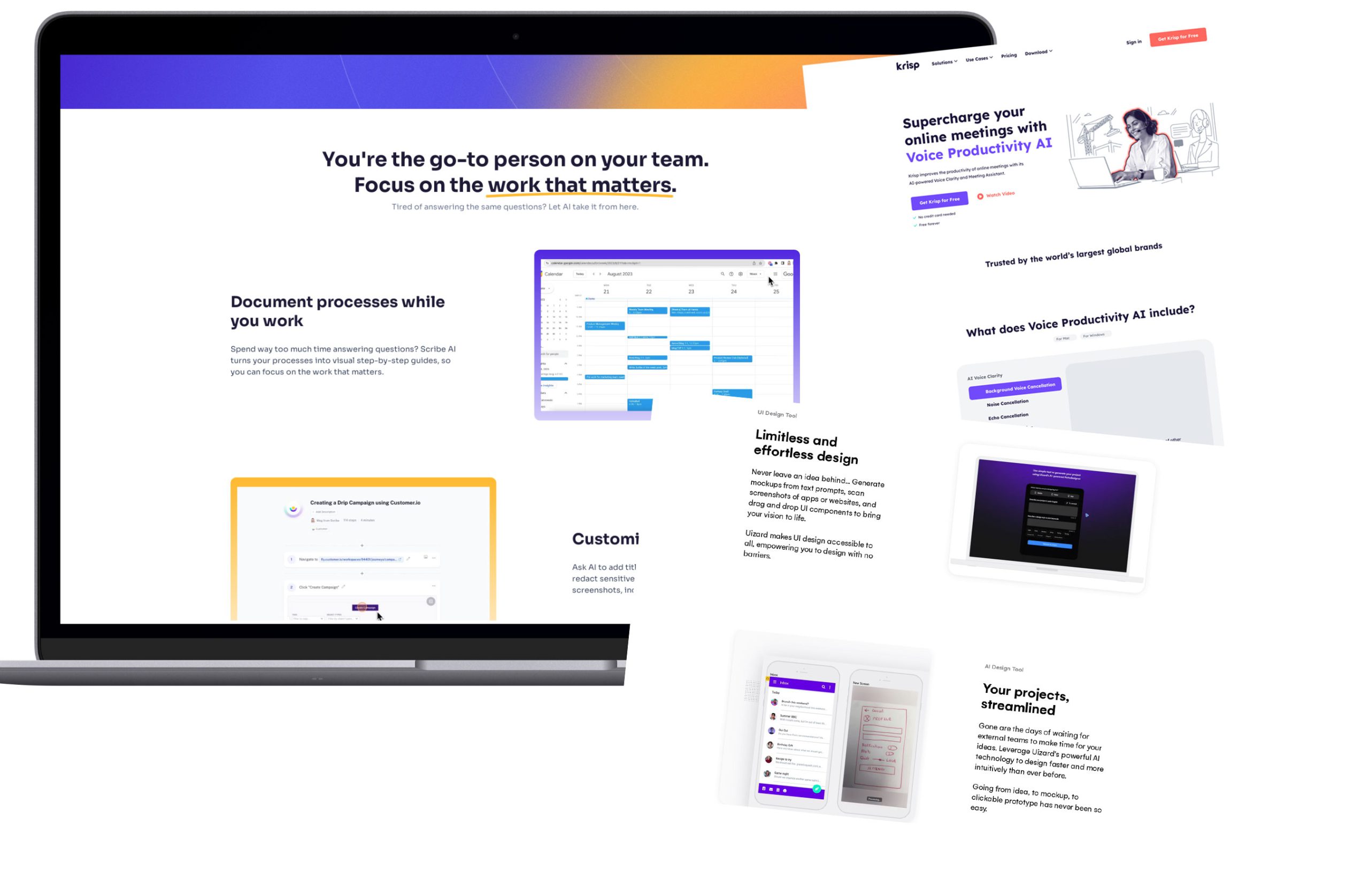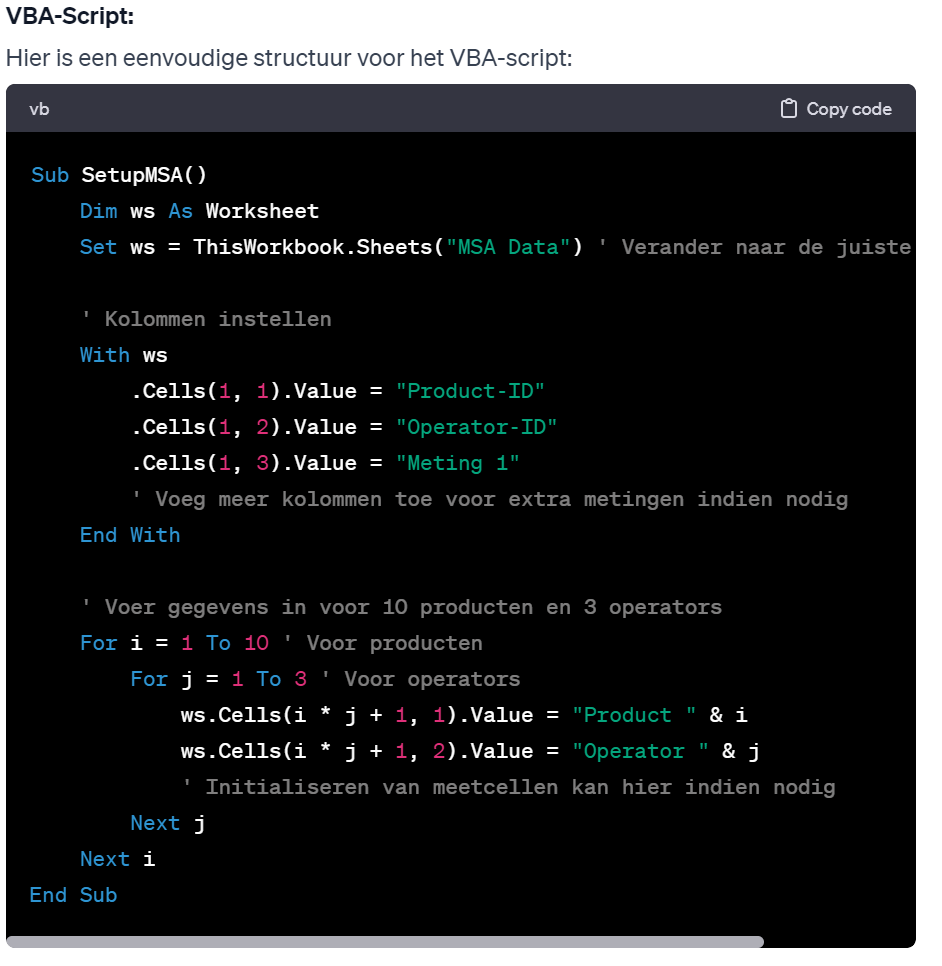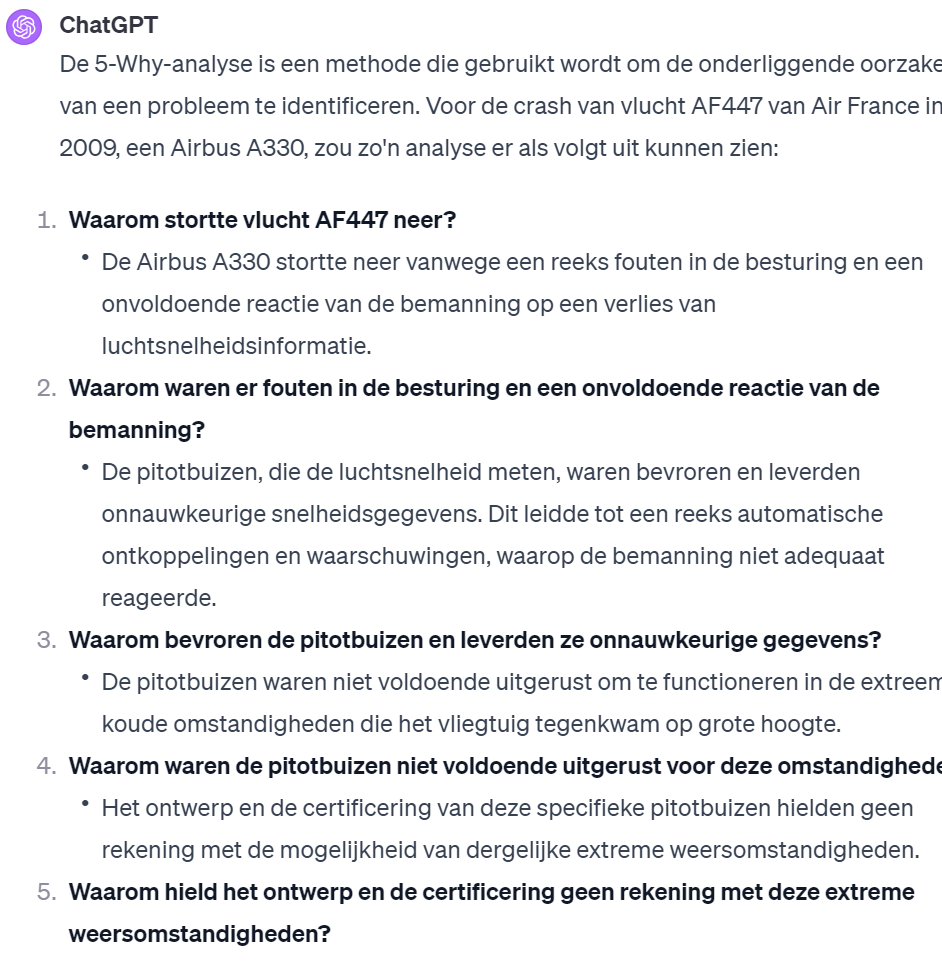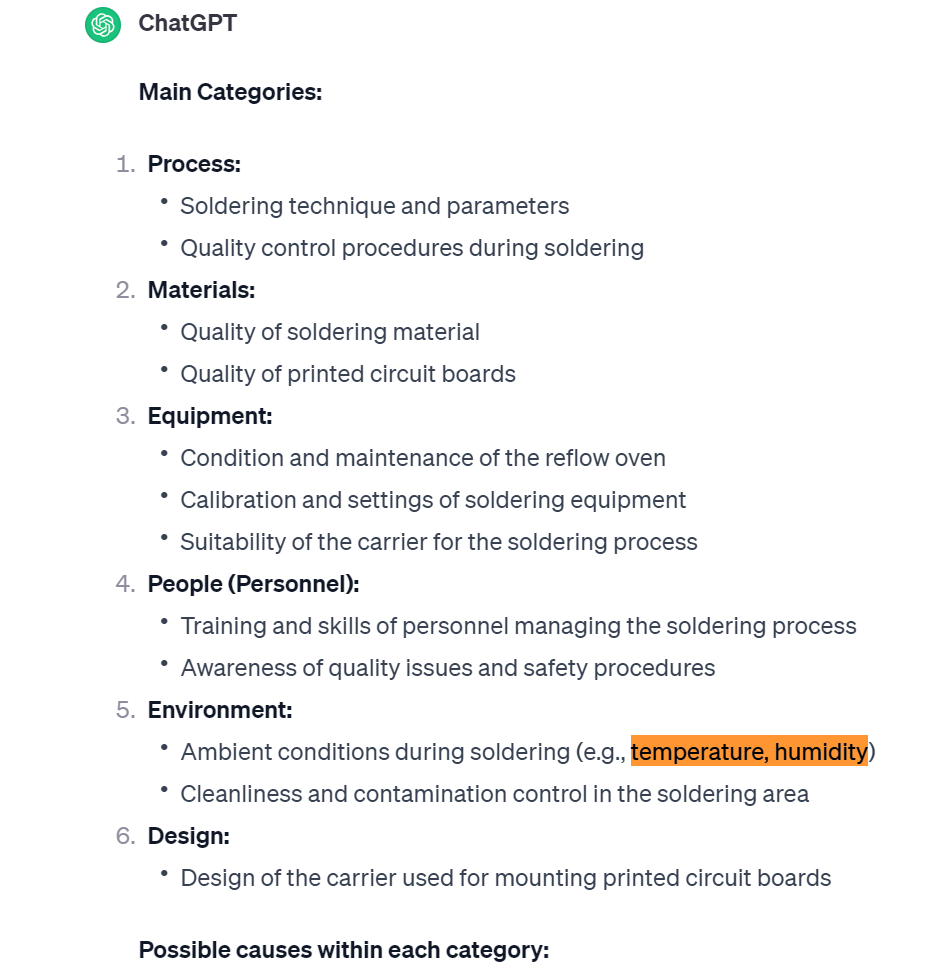The application of AI in Lean Six Sigma projects
Lean Six Sigma has been used for decades to improve processes, with the goal of shorter lead times, better quality and lower operating costs. Companies and organizations around the world apply this method in solving problems and continuously improving processes.
Selecting improvement projects and implementing them has so far been “just people work. Of course, this involves using software to analyze data, but it is still the human being who operates the software, formulates the conclusions and determines the improvement actions. But what is going to change in this now that “Artificial Intelligence” (AI), or Artificial Intelligence, has made its appearance? Is Artifical Intelligence going to take over the role of the Green- and Black Belts, or is AI at least going to be an additional tool in the toolbox that the Green- and Black Belts can use?
GPT
Artificial Intelligence is transforming the way we work, and the range of AI tools available is vast. AI tools offer a variety of benefits such as writing text, generating images or answering customer questions. The most visible, applicable and advanced examples of AI tools come mainly from the so-called generative-AI corner. The most well-known application of this is the Chatbot “ChatGPT,” a platform developed by OpenAI that was launched in November 2022. ChatGPT is based on “Generative Pre-trained Transformer” (GPT).
This is an advanced AI technology that understands and generates human language. It can write texts, provide answers to questions and conduct conversations by learning patterns in language use from a large amount of text data.
To do this, it uses a technique called “deep learning.
To do this, researchers use Artificial Neural Networks to build a network of neurons. Such a special type of neural network is called a“transformer.”
During the training phase, GPT analyzes vast amounts of text and learns to understand the connections between words and sentences. This process, known as “self-supervised learning,” allows the model to learn language patterns without direct human instruction on language rules.
Once GPT receives a question or request to write a text, it deploys its extensive training to create an appropriate and coherent answer or text. It carefully selects words and builds sentences that fit the context well, always estimating what the best next words or sentences should be to make the conversation flow naturally. The flow chart to the right simplistically explains the processing of ChatGPT.

Other models
But there are hundreds (if not thousands) of “Deep generative models,” such as Scribe, an AI-powered tool that automatically takes notes of your meetings; Krisp-AI, a noise-cancelling app that filters out background noise from your online meetings; Perplexity, an AI chatbot called Niki that helps companies improve customer service by handling questions and complaints; Uizard, an AI-driven platform that can automatically generate digital prototypes and wireframes from hand-drawn sketches; Durable, an AI tool that allows you to build a website in less than a minute; Beautiful AI, an AI tool that allows you to automatically design beautiful presentations; DeepArt, an AI tool that lets you turn photos into art; Lumen5, an AI tool for automatically generating videos from imagery from a number of stock libraries, etcetera.
But what can AI mean for the Green- and Black Belt working to improve processes? We will cover this in two articles. In this article, we will discuss the use of ChatGPT in applying a number of Lean Six Sigma techniques. In a second article, we discuss various applications of Artificial Intelligence in the design and manufacturing process such as error detection, quality control, predictive maintenance and generative design.

The application of ChatGPT in Lean Six Sigma
To begin, we ask ChatGPT to use some familiar Lean Six Sigma techniques. For example, you can ask ChatGPT to write an Excel VBA script to set up a Measurement System Analysis (MSA) for 10 products and 3 operators.
Within seconds, the following script is generated:

Next, we ask ChatGPT to let us generate a 5-Why for the problem statement “Why did the train leave late?”
Indeed, ChatGPT comes up with an analysis indicating the following root cause at the fifth Why: “This can range from track maintenance and repairs to accidents or obstacles on the track.” While this may be the root cause in some cases, it is also clear that this is obviously not the general answer for every train that has ever left late.

We then ask ChatGPT to prepare a 5-Why analysis for the crash of flight AF447, an AirFrance Airbus 330, which crashed into the ocean in 2009.
The causes of this accident have been extensively investigated, so ChatGPT can work with available data.
The result in is shown the following figure.

Let’s take another example. Belts who find it difficult to formulate a good hypothesis can make convenient use of ChatGPT. In the following example, we let ChatGPT hypothesize to investigate whether a bag of apples from Albert Heijn is significantly lighter than a bag of apples from Jumbo. ChatGPT comes up with the following result.
You can then also ask ChatGPT which statistical test is best to use and how large the sample size should be.

Finally, we asked ChatGPT to prepare an Ishikawa (fishbone diagram) for an actual Green Belt project, for which we have since found the cause of the problem. This project aimed to find the cause of the occurrence of so-called “Solderballs” during the soldering process of electronic circuit boards. In fact, these Solderballs can cause short circuits, and must therefore be prevented. The circuit boards are mounted on a carrier, which is then passed through a reflow oven. Several years ago, this was a concrete Green Belt project. In this project, it was shown that a sub-optimal design of the carrier to which the circuit board was attached was found to be the cause of the occurrence of Solderballs.
We are now curious to see if ChatGPT is able to draft an Ishikawa for this case. ChatGPT indeed generates an interesting first draft of an Ishikawa with possible causes for this problem. It is interesting to note that this Ishikawa names several potential causes, such as “Temperature” and “Humidity,” which were also mentioned by experts in the actual Green Belt project as possible causes of error. The actual cause, namely that the PCB carriers turned out to be too thick, is not listed. Research at the time showed that carrier thickness was the only significant cause of the problem.

Toolbox
ChatGPT makes an interesting point at the end of the last analysis, namely that in brainstorming sessions it is important to include the experience of different experts. One expert usually does not know everything and therefore cannot solve every problem on his own. One could argue that applying ChatGPT is a valuable addition in this brainstorming process, but for now it is not going to replace the experts’ contribution. If you use ChatGPT for brainstorming be aware that experts are not guided by the outcomes of ChatGPT, but use it as additional input into the brainstorming process.
Finally, in this article we would like to discuss the importance of the change aspects that are important in almost every Lean Six Sigma project. Involving management, experts and other employees in the process of continuous improvement is an essential part that cannot be taken over by Artificial Intelligence for now. What is clear is that Artificial Intelligence is an additional technique that deserves a place in every Green- or Black Belt’s toolbox.
Also interesting to read
Return Day 2024
Event Quality Management Event 2024On Oct. 17, we will dive into the fascinating world of quality management . This topic is full of exciting challenges and innovative solutions that can take your business to the next level. We believe there is always room for...
Symbol Eindhoven Event
Event Quality Management Event 2024Intro text (focusing on keywords).Quality Management and Leadership Text about the importance of the event, why we are organizing it and what it is about. This event offers you the chance to expand your knowledge, network with...
Join our Orange action
From ISO 9001 to IATF 16949As consultants with expertise in ISO 9001 quality management systems, we are often asked how best to transition to IATF 16949. For suppliers, certification according to IATF 16949:2016 is an important prerequisite to participate in the...


